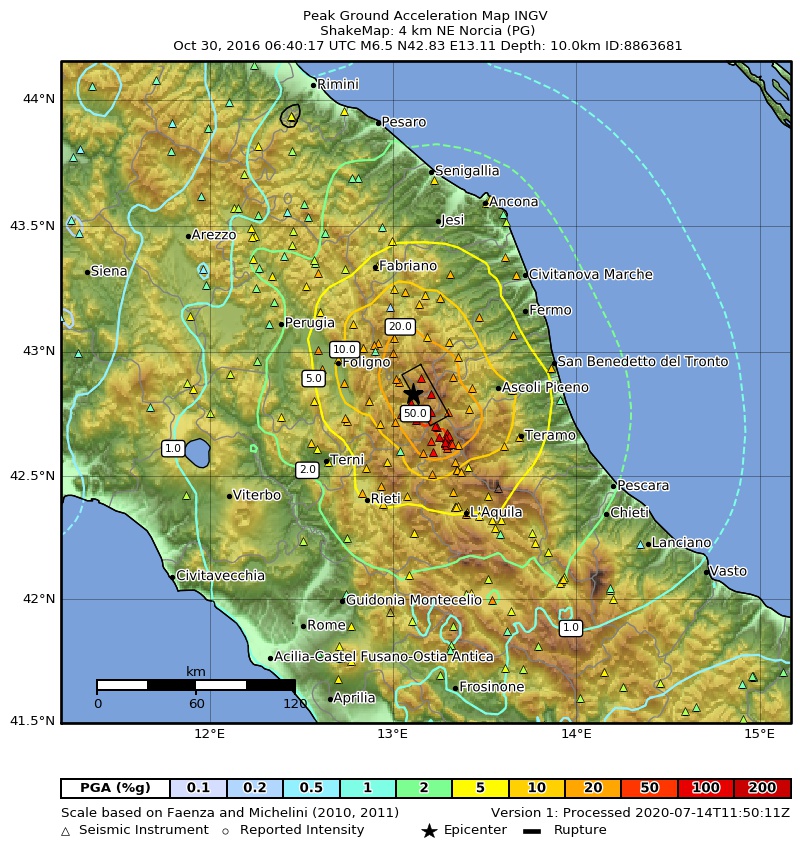A machine-learning approach for the reconstruction of the ground shaking fields in real-time
Simone Francesco Fornasari
Veronica Pazzi
Giovanni Costa

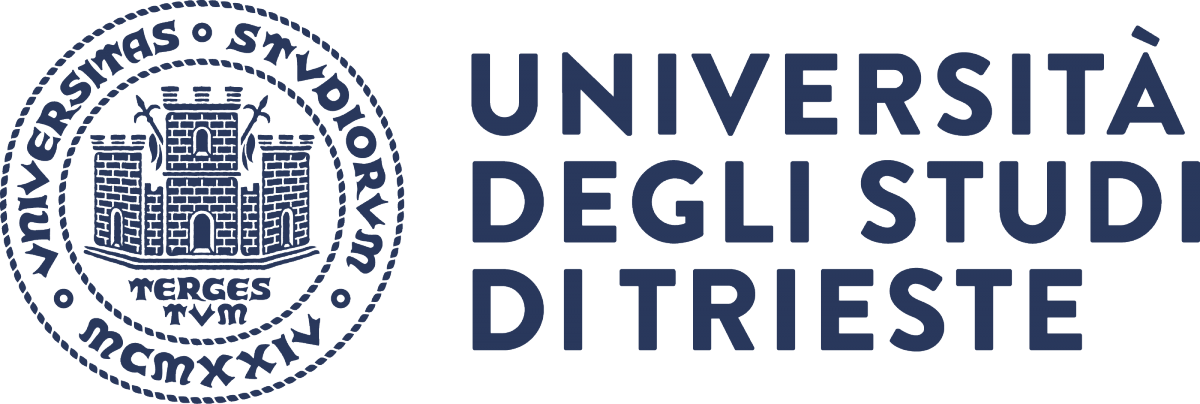
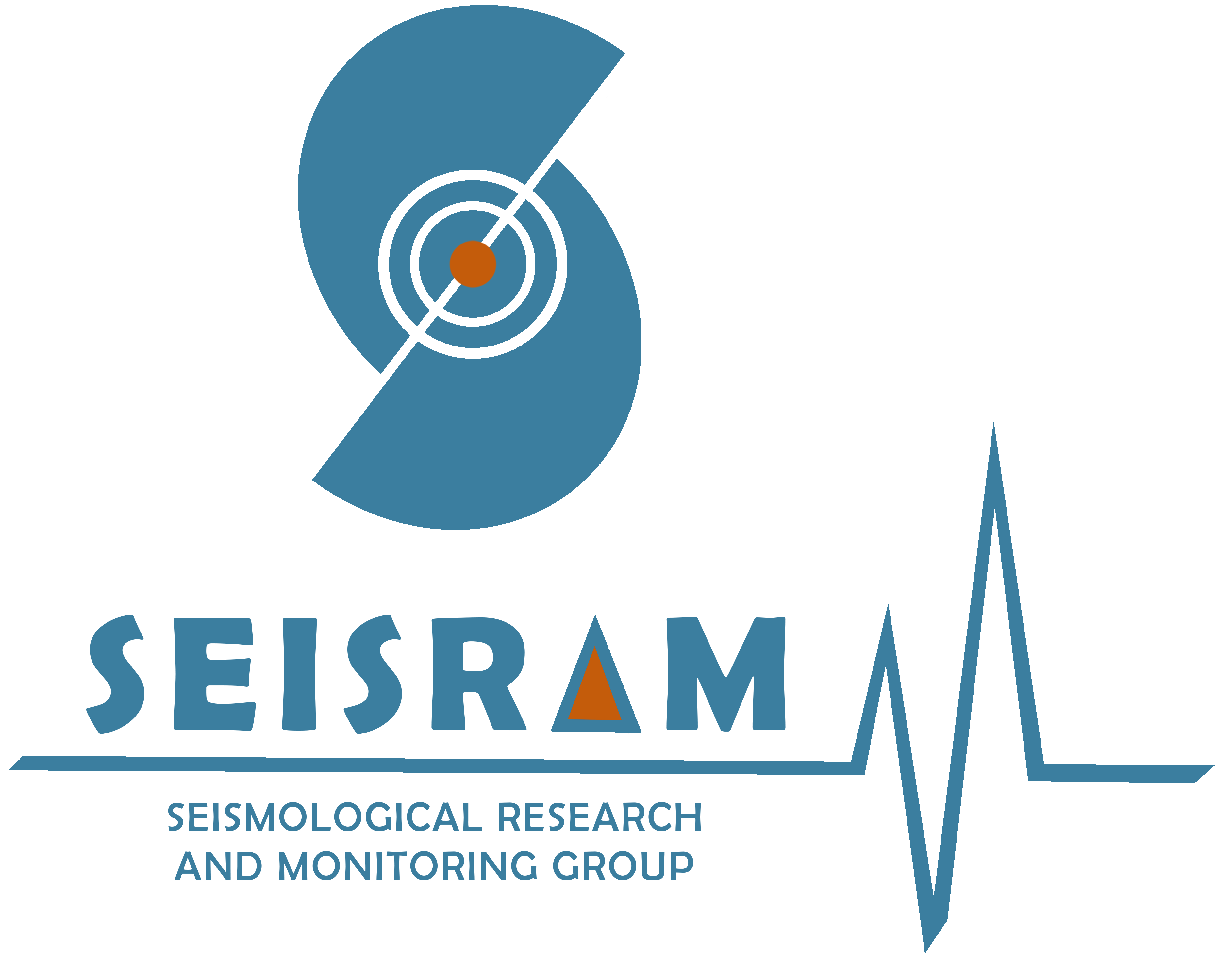
Ground shaking field
- Spatial representation of the effects of an earthquake in terms of a ground motion parameter
- Post-emergency management
- Limited number of seismic stations
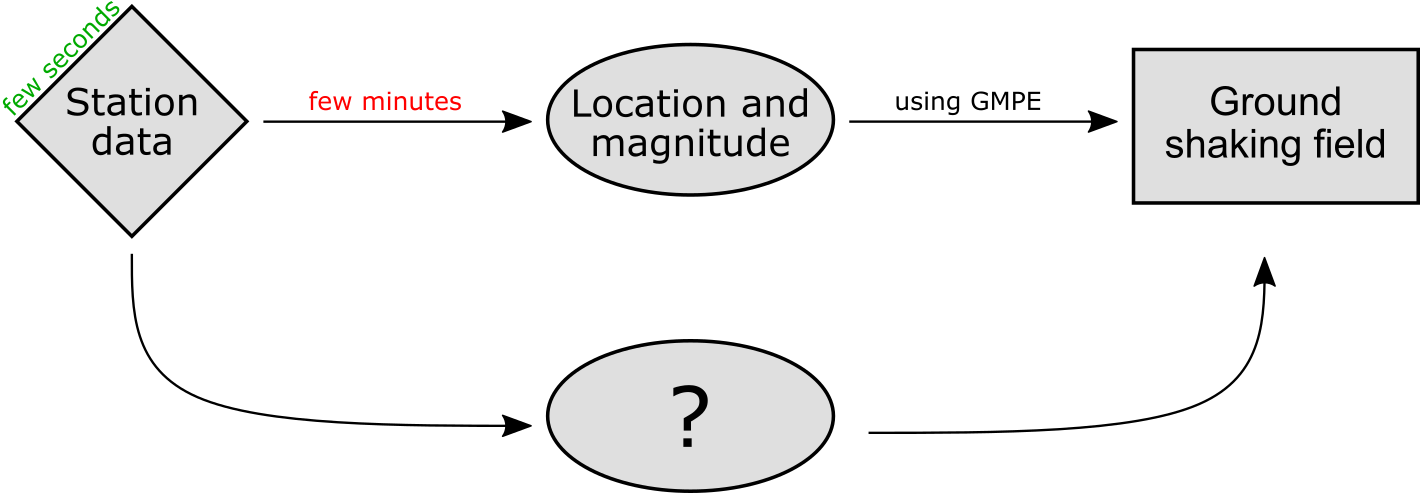
Implemented workflow
(Model architecture adapted from Fukami et al., 2020)

Convolutional Neural Network
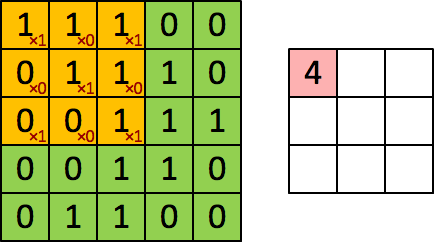
Voronoi tessellation

Output comparison
(2016 M6.5 Norcia earthquake)

Simultaneous events
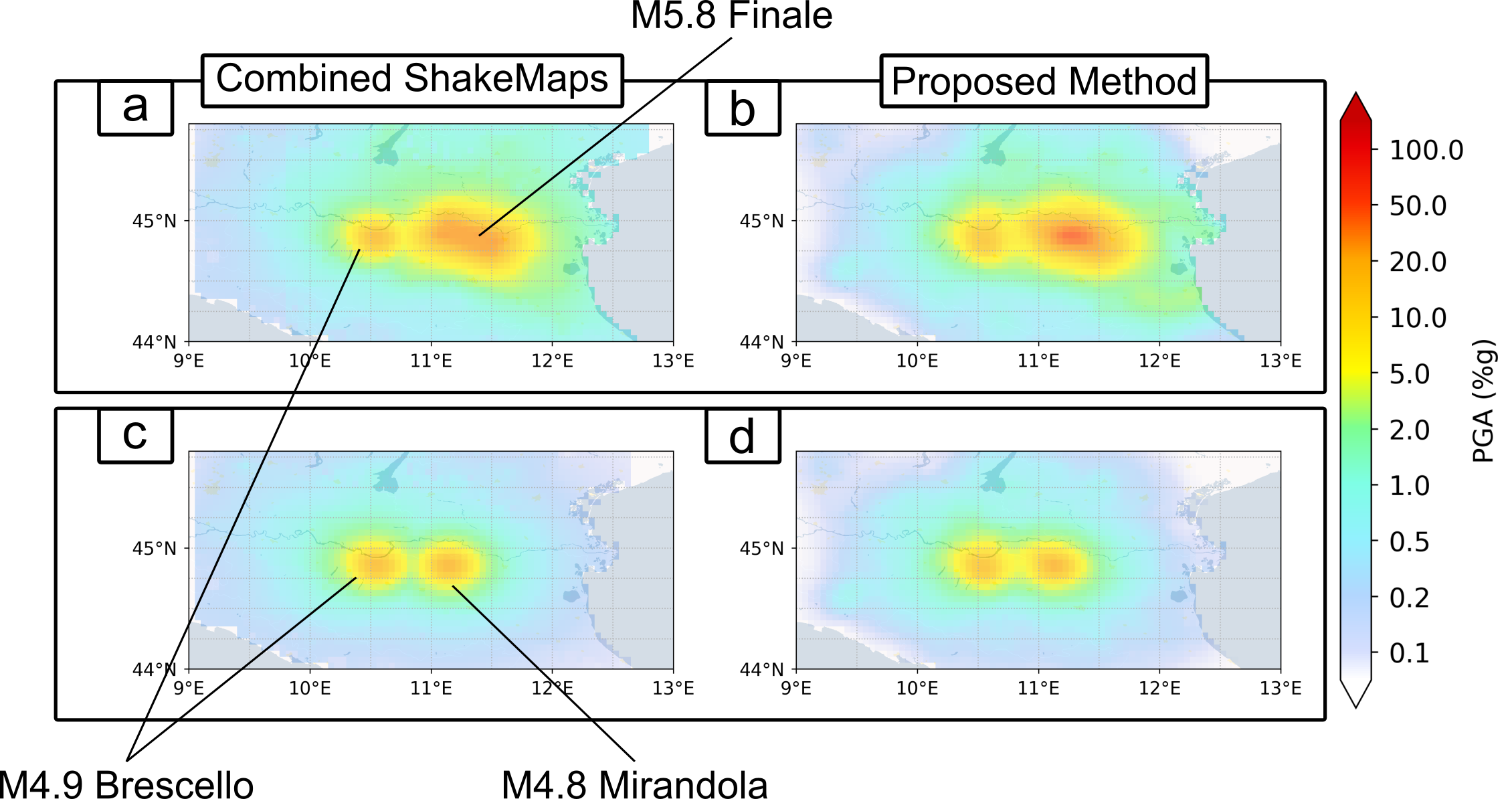
Robustness to network changes
Possible causes:
- Data transmission problems
- Addition/Removal of stations
- Temporary problems
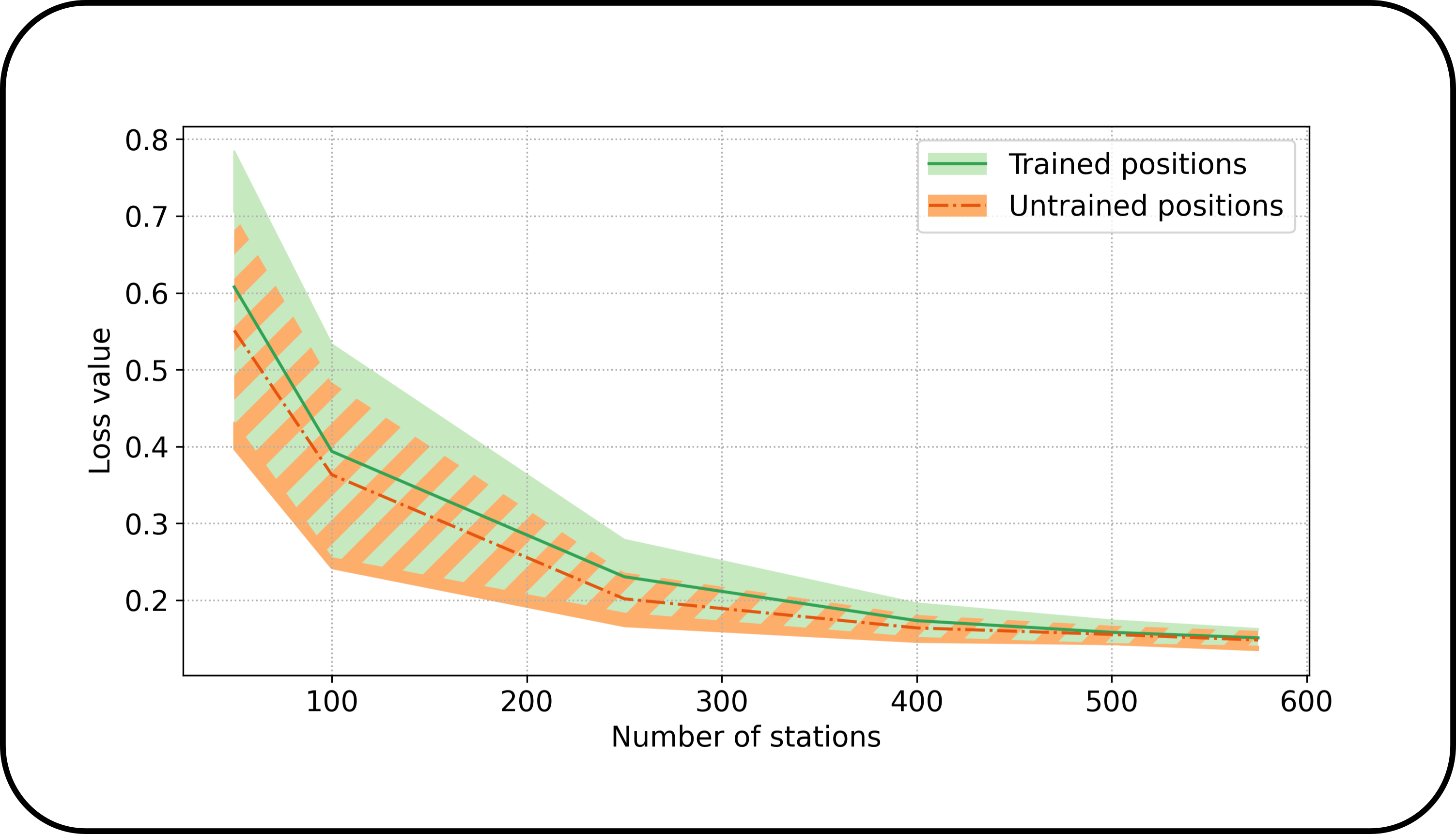
Real-time capabilities
(2016 M6.5 Norcia earthquake)
Conclusions
The developed method:
- Can fill a "temporal gap" in the seismic monitoring
- Has results comparable with (resampled) ShakeMap
- Has useful feature for real-time applications
- Is extensible (parameters and areas)
A paper about this work is under review published at BSSA
Thanks for the attention and stay tuned!
Supplementary material
Applied Architecture
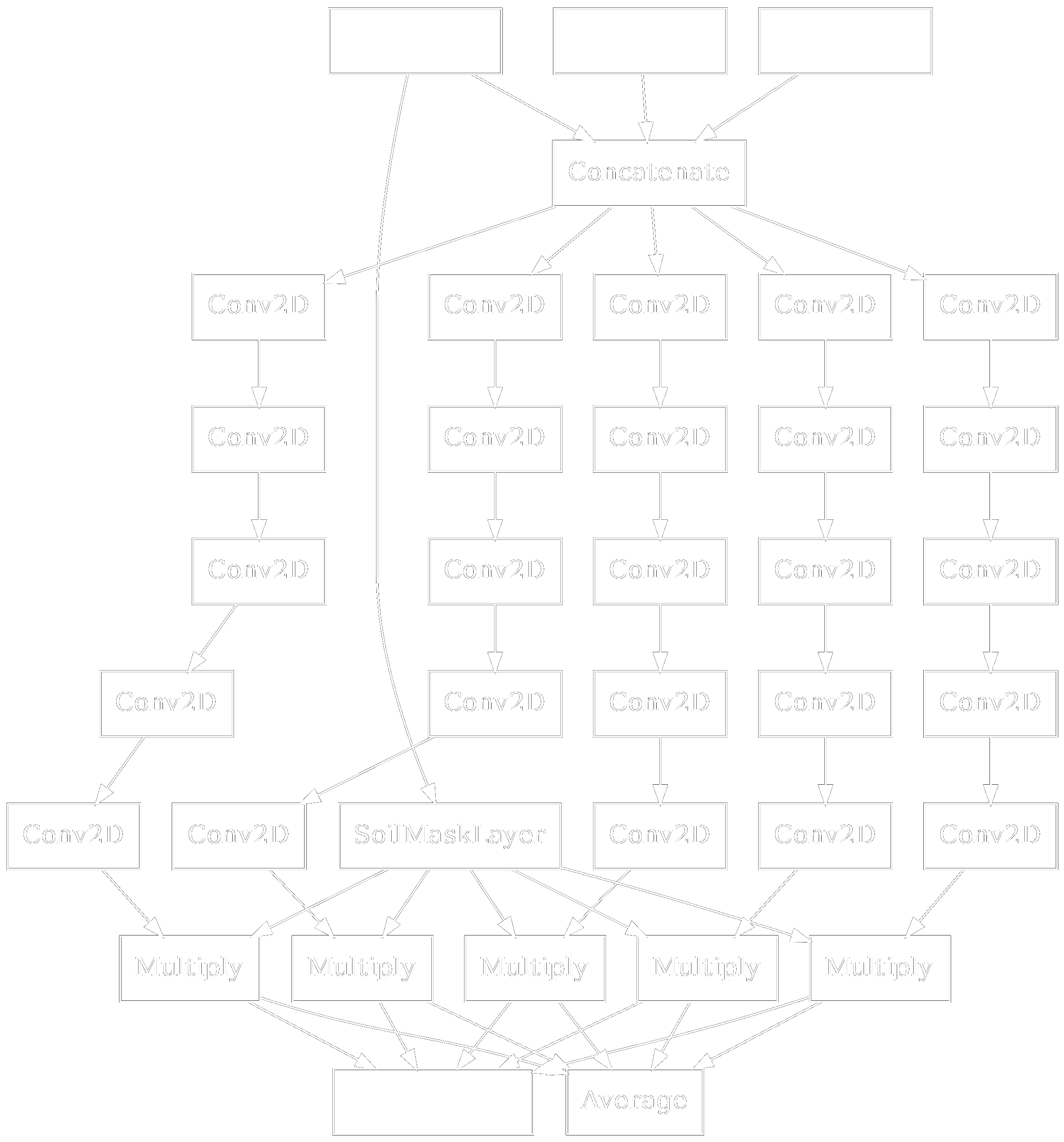
- Based on Fukami et al. (2020)
- Input:
- Voronoi tessellation
- Station position map
- Vs30 map
- Architecture:
- 5 models ensemble
- 4 layers per model
- 12 5x5 filters per layer
Training details
- Optimizer used: Adam
- Training dataset: 90% training and 10% validation (10-fold validation)
- 500 epochs limit (or early stopping on validation loss)
- Loss function: $L = \frac{||\tilde{s}-s||_2}{||s||_2}$
- 48-sample batches used
Reconstruction uncertainty:
$$ \sigma = \sqrt{\sigma_{a}^2+\sigma_{e}^2}$$ $$\sigma_a = \mu\sqrt{e^{\ln(10)^2\sigma_{G}^2}-1}, \qquad \sigma_e=\sqrt{\frac{1}{m}\sum_{i=0}^m\mu_i^2 - \left(\frac{1}{m}\sum_{i=0}^m\mu_i\right)^2}$$Norcia earthquake ShakeMap
